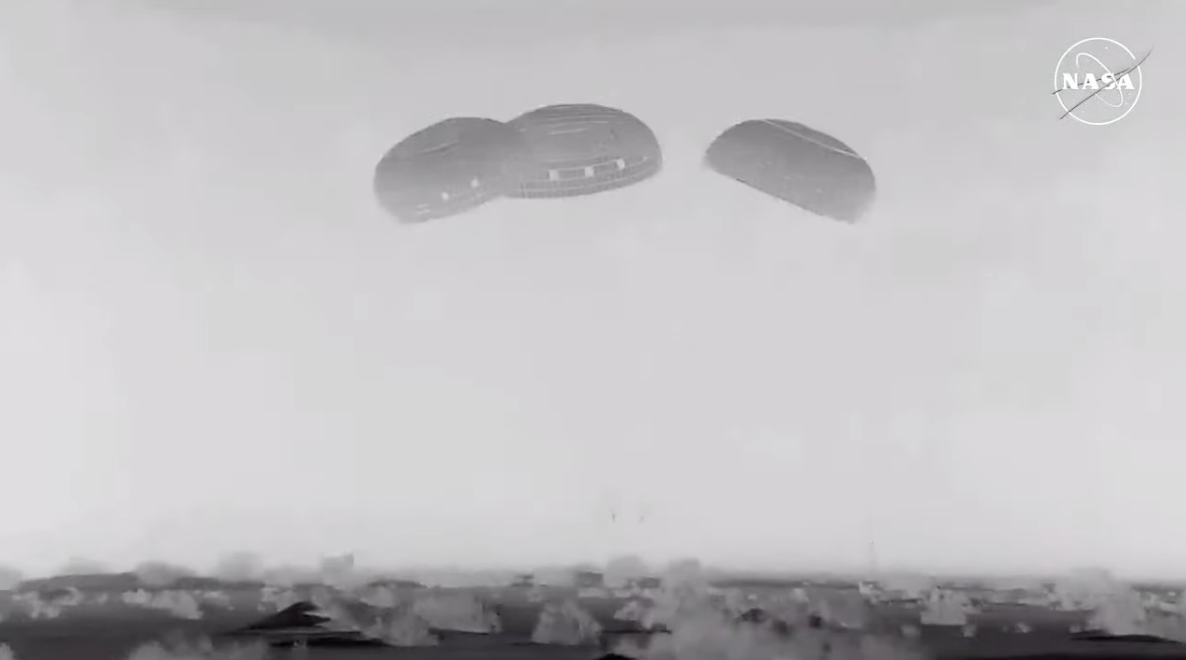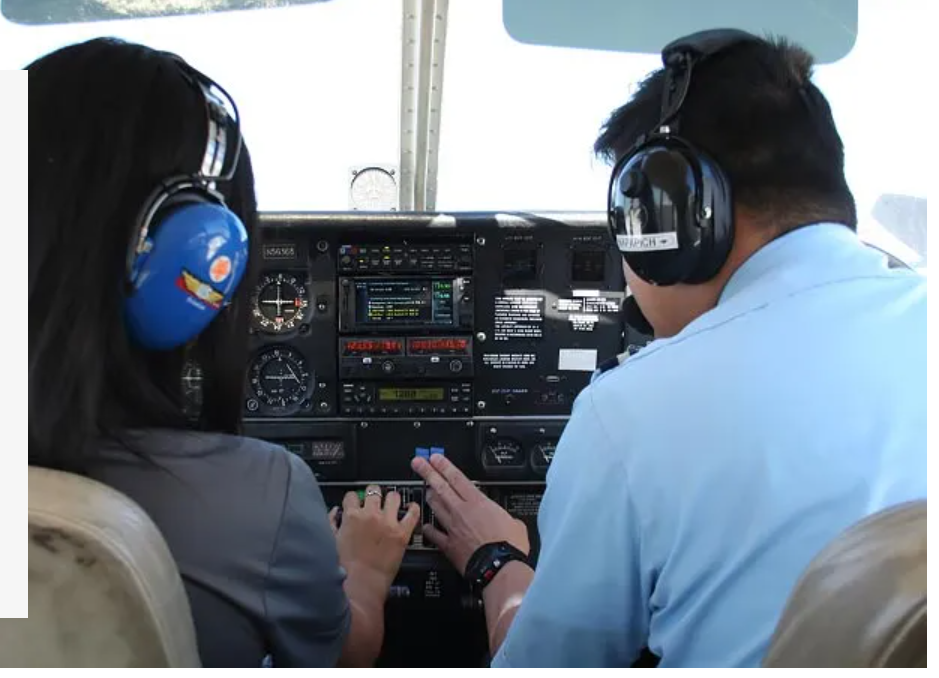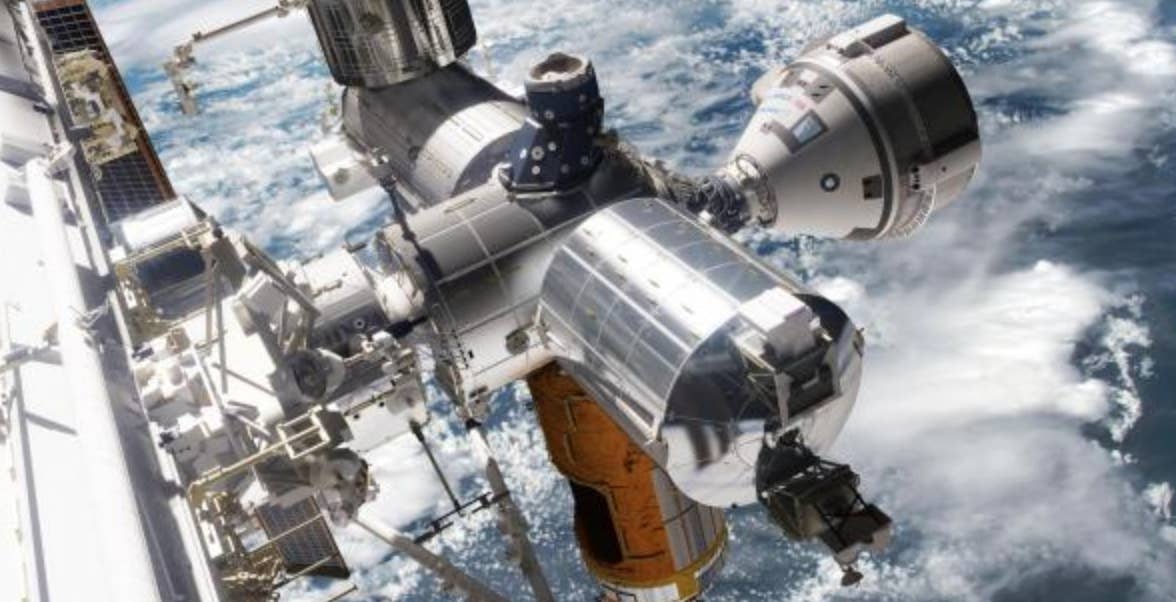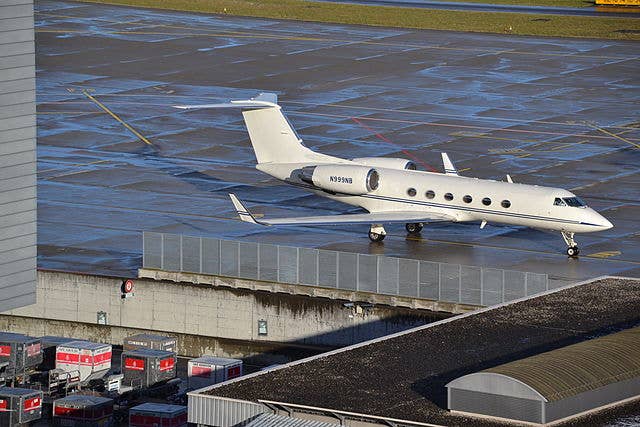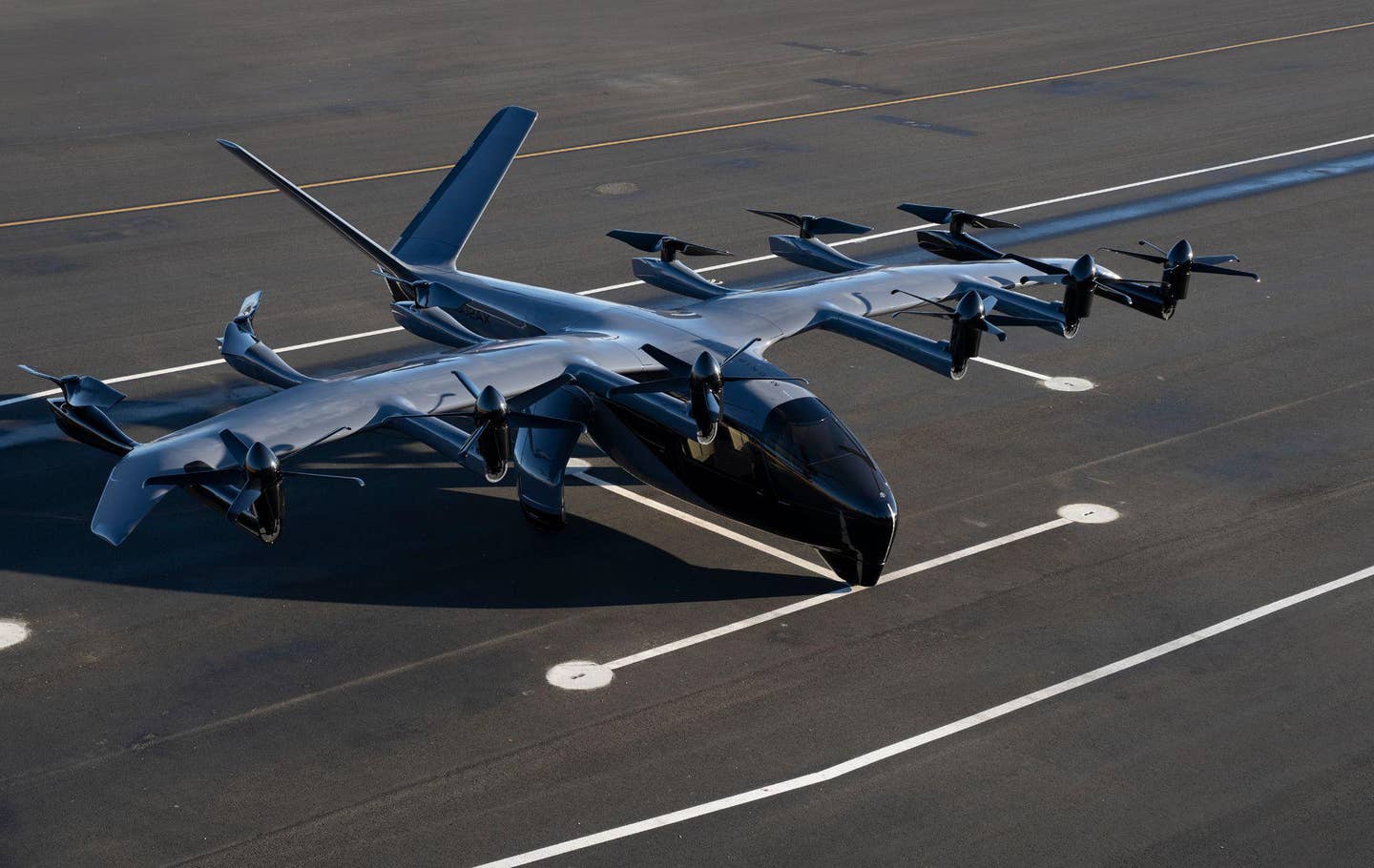NASA And Partners Explore SAF’s Contrail-Production Qualities
Not to be confused with fanciful speculation about toxic “chemtrails” (chemical trails), actual condensation trails—better known as contrails—have been legitimately shown to contribute to global warming. This is because, just…
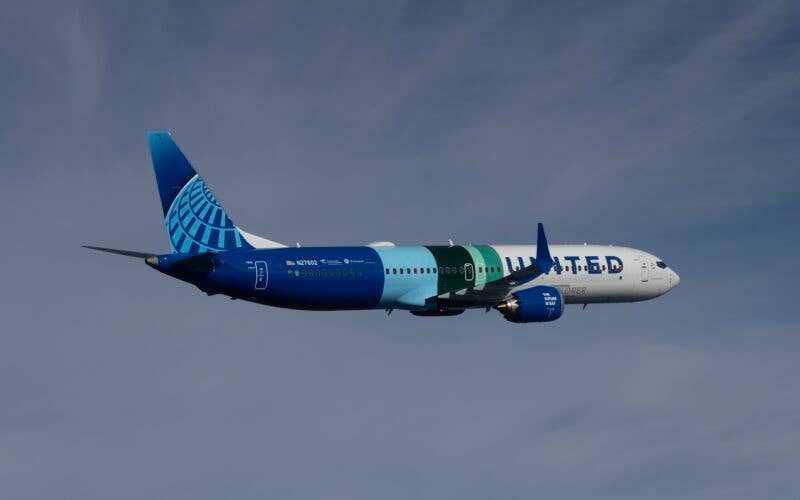
Boeing’s ecoDemonstrator 737-10. Photo: NASA
Not to be confused with fanciful speculation about toxic “chemtrails” (chemical trails), actual condensation trails—better known as contrails—have been legitimately shown to contribute to global warming. This is because, just as with any cloud, lingering contrails can trap heat and keep it from escaping the atmosphere. If the aviation industry can minimize the formation of contrails without significant knock-on effects, it would be another way to move toward achieving carbon neutrality.
NASA, Boeing and several other research partners have launched a contrail research initiative in Washington State to explore how contrails from sustainable aviation fuel (SAF) may differ—for better or worse—compared with contrails from engines burning conventional fuels. Flight testing for the program was performed using Boeing’s ecoDemonstrator aircraft. Also involved in the project are GE Aerospace, the German Aerospace Center DLR, the FAA and United Airlines.
According to existing research on contrails, engine exhaust includes both water vapor and soot particles. When the exhaust hits cold air at high altitude, the vapor condenses, and when it interacts with the soot or other particles found in the ambient air, it forms ice crystals. The resulting contrails can remain intact in the upper atmosphere for hours, resulting in localized temperature changes that can adversely affect the temperature of the atmosphere.
For the research flights, Boeing flew its ecoDemonstrator Explorer, a CFM Leap-1B engine-powered 737-10. Over a series of test flights, researchers switched from fuel tanks carrying 100 percent SAF and other tanks with a low-sulfur variant of conventional jet fuel.
A NASA DC-8, described as “the world’s largest flying science laboratory,” flew chase to the 737 to measure emissions and contrail-related ice formations. It is thought that the properties of SAF could be less prone to generating contrails. Results of the study are expected to be released in about 12 months, according to NASA.

